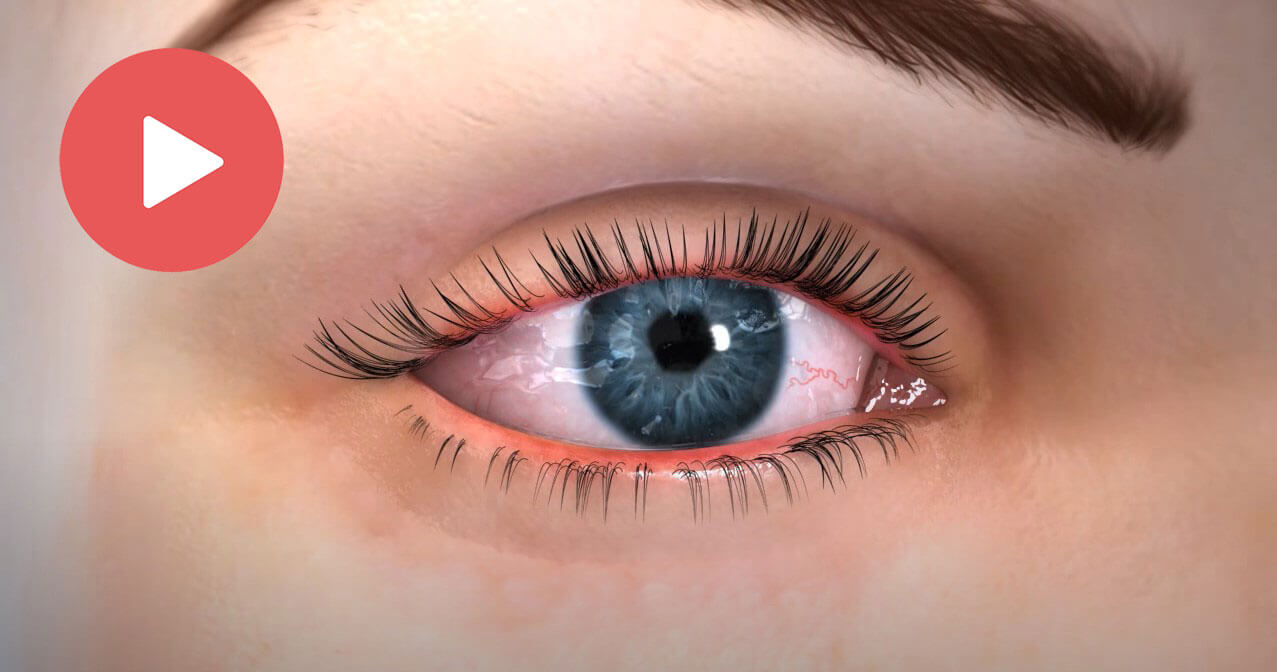All Categories
Featured
With the enhancing usage of innovation, exposure to ecological aspects, and the all-natural aging process, taking proactive actions to secure your eyes is vital. In this blog site, we'll review some of the most common eye conditions and sensible pointers on just how to avoid them, guaranteeing you maintain optimal vision throughout your life.

- Nearsightedness (Near-Sightedness):
Myopia, or near-sightedness, is a problem where far-off things appear fuzzy while neighboring things stay clear. It takes place when the eye is as well long, or the cornea is also curved, causing light to concentrate in front of the retina. Nearsightedness prevails in youngsters and young people, and its prevalence has enhanced because of raised display time.
Prevention:
Restriction screen time and motivate routine breaks to stay clear of eye strain. Promote outdoor tasks, as research studies recommend that spending time outdoors can lower the threat of nearsightedness growth in kids. If you are detected with nearsightedness, using restorative lenses such as glasses or call lenses can assist take care of the condition. 2. Hyperopia (Far-Sightedness):
Hyperopia, or far-sightedness, is the reverse of myopia. It occurs when remote things are seen clearly, but close items show up blurred. Hyperopia takes place when the eye is as well short or the cornea is too level, creating light to concentrate behind the retina.
Prevention:
Regular eye examinations can aid find hyperopia early. Similar to nearsightedness, corrective lenses (glasses or contacts) are commonly prescribed to deal with the vision. Practicing good aesthetic behaviors, such as avoiding too much close-up help extended periods, can also help ease symptoms. 3. Age-Related Macular Degeneration (AMD):
AMD is a condition that influences the macula, the component of the retina accountable for sharp central vision. This age-related disease triggers blurry or shed vision in the center of the visual field, which can make tasks like analysis or acknowledging faces challenging. While the precise reason for AMD isn't completely recognized, it's linked to aging, genes, and environmental aspects.
Prevention:
Shield your eyes from UV rays by putting on sunglasses that block 100% of UVA and UVB rays. Eat a diet regimen abundant in antioxidants, especially those located in leafed greens, fish, and nuts, to support retinal health and wellness. Do not smoke, as cigarette smoking is a significant risk aspect for AMD. 4. Cataracts:
Cataracts create when the lens of the eye becomes gloomy, impairing vision. This condition is most typically connected with aging yet can additionally arise from extreme UV exposure, smoking cigarettes, or particular clinical conditions such as diabetes mellitus.
Prevention:
Use sunglasses with UV defense to minimize UV exposure, which is a leading source of cataracts. Prevent smoking cigarettes, as it increases cataract formation. Maintain a healthy diet plan high in vitamins C and E, which have been shown to support eye health and wellness and avoid cataracts. If you have diabetes, it is very important to handle your blood sugar degrees to minimize your threat. 5. Glaucoma:
Glaucoma describes a team of eye conditions that harm the optic nerve, usually due to high intraocular stress. It can create progressive vision loss and, if left without treatment, bring about blindness. Glaucoma is usually called the "silent thief of sight" since it generally creates without recognizable symptoms up until substantial damages has occurred.
Prevention:
Get regular eye exams, particularly if you have a family history of glaucoma, as it is genetic. Exercise frequently to assist improve blood flow and keep healthy and balanced eye pressure. If diagnosed with glaucoma, following suggested treatments and drugs is vital to manage the problem and avoid further damages. 6. Dry Eyes:
Dry eye disorder takes place when your eyes do not produce sufficient tears, or the tears generated are of poor top quality. This can result in irritability, soreness, burning, and an abrasive feeling in the eyes. Ecological elements, screen time, and certain medications can worsen dry eyes.
Prevention:
Blink a lot more frequently when utilizing electronic devices to maintain your eyes moist. Usage man-made splits or lubricating eye drops to keep your eyes moisturized. Enhance the moisture in completely dry atmospheres using a humidifier. Consume alcohol lots of water to remain hydrated and assistance tear manufacturing. 7. Conjunctivitis (Pink Eye):
Conjunctivitis, or pink eye, is a swelling of the thin cells covering the white part of the eye. It can be triggered by bacterial or viral infections, allergic reactions, or toxic irritants. It is often transmittable, conjunctivitis is typically a moderate condition that solves with proper care.
Prevention:
Laundry your hands frequently and prevent touching your eyes. Do not share individual things such as towels, pillows, or makeup. If you wear call lenses, make certain to follow proper hygiene and cleansing protocols. Final Thought:
Taking aggressive measures to safeguard your eyes is important in preventing common eye problems and preserving healthy and balanced vision. Regular eye examinations, a healthy lifestyle, and practicing excellent habits like appropriate screen use and UV defense can all help keep your eyes in top form. By recognizing possible dangers and doing something about it now, you can make sure that your vision continues to be clear and your eyes remain healthy for years ahead. Do not await eye problems to happen-- look after your eyes today!
Latest Posts
Find Leading Car Repair Care offered by Montclare Auto Repair – Quality Service Today
Find Best Auto Repair Services offered by Montclare Auto Repair – Drive with Confidence
Why Routine Vehicle Maintenance at Montclare Auto Repair Keeps Your Wallet Happy
More
Latest Posts
Find Leading Car Repair Care offered by Montclare Auto Repair – Quality Service Today
Find Best Auto Repair Services offered by Montclare Auto Repair – Drive with Confidence
Why Routine Vehicle Maintenance at Montclare Auto Repair Keeps Your Wallet Happy